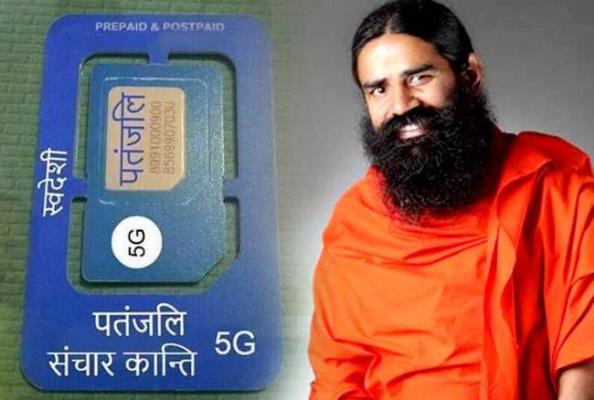Rising electricity bills have become a major worry for Indian households, especially in the middle and lower income groups. To ease this burden and promote clean energy, the Government of India has launched the PM Surya Ghar Yojana, the world’s largest domestic solar energy initiative. This scheme aims to transform every rooftop into a mini power station, enabling families to generate their own electricity and save significantly on monthly bills.
Clean and Renewable Energy for All
The core objective of the Solar Rooftop Subsidy Yojana is to encourage the use of renewable, clean energy and move India towards energy self-reliance. The government plans to connect over one crore households under this initiative. Eligible families can install solar panels on their rooftops and generate approximately 300 units of free electricity every month. This not only reduces monthly expenses but also contributes to environmental protection by lowering carbon emissions.
Subsidy Details and Financial Benefits
One of the biggest attractions of this scheme is the generous subsidy offered by the central government. For every kilowatt (kW) of solar capacity installed, the government provides Rs 30,000 as financial assistance. This means a 2 kW system gets Rs 60,000, while larger setups of 3 kW or more can receive subsidies up to Rs 78,000. The subsidy amount is transferred directly to the beneficiary’s bank account to ensure transparency and quick disbursement.
By switching to solar, an average household can save between Rs 15,000 and Rs 18,000 annually on electricity bills. For low and middle-income families, these savings provide much-needed financial relief, especially with rising inflation and power costs.
How Net Metering Helps Earn Extra Income
A key feature of the scheme is net metering, which allows households to send excess solar power generated during the day back to the electricity grid. During nighttime or cloudy days when solar generation is low, users can draw electricity from the grid as needed. This system not only eliminates electricity bills but can also generate extra income by crediting surplus power supplied to the grid.
Eligibility and Application Process
To avail benefits under the Solar Rooftop Subsidy Yojana, applicants must be permanent residents of India and at least 18 years old. They should have an active electricity connection and sufficient rooftop space for solar panel installation. Importantly, the applicant must not have previously benefited from any other solar subsidy scheme.
The application requires submitting documents such as Aadhaar card, PAN card, proof of residence, latest electricity bill, bank passbook, mobile number, passport-sized photograph, and pictures of the rooftop. These documents ensure proper verification and prevent misuse.
Simple Online Application Portal
Applying for the scheme is user-friendly and fully digital. Interested individuals can visit the official website pmsuryaghar.gov.in. The portal guides applicants through selecting their state, district, and electricity distribution company. After filling in personal details and uploading documents, the application is submitted for approval. Final confirmation comes after verification by the respective power distribution company.
Advanced Technology and Environmental Impact
The solar rooftop systems include photovoltaic panels, inverters, and net meters. These technologies maximize energy efficiency and reliability. Each installed solar unit reduces carbon emissions equivalent to planting about 100 trees, contributing significantly to India’s environmental conservation goals.
Financial Assistance and Easy Loans
To make installations affordable, the government has partnered with 12 public sector banks to offer collateral-free loans up to Rs 2 lakh. The loans require only basic KYC and electricity bill proof. For loans above Rs 2 lakh, income proof and bank statements are mandatory. The interest rates are kept competitive, up to 6.75%, to encourage adoption.
Progress So Far and Future Goals
More than 10 lakh households have already installed solar panels under this scheme. The government has received over 47 lakh applications and distributed subsidies worth nearly Rs 4,770 crore to over 6 lakh beneficiaries. The ambitious target is to achieve 27 gigawatts of rooftop solar capacity by 2027.
Model Solar Villages and Employment Generation
To boost rural adoption, the government is developing model solar villages across districts with a dedicated budget of Rs 800 crore. Each village receives Rs 1 crore support for solar infrastructure. This initiative is expected to create about 17 lakh new jobs, driving economic growth in rural areas while promoting clean energy.
Why This Scheme Matters
With rising energy costs and the urgent need for sustainable development, the Solar Rooftop Subsidy Yojana offers a win-win solution. It empowers households to take control of their electricity usage, saves money, reduces dependence on fossil fuels, and creates jobs. The digital and transparent application process further removes barriers, making solar energy accessible to millions.
As India advances towards a greener future, this scheme is a vital step in ensuring affordable, clean power for every household, benefiting both the economy and the environment.












